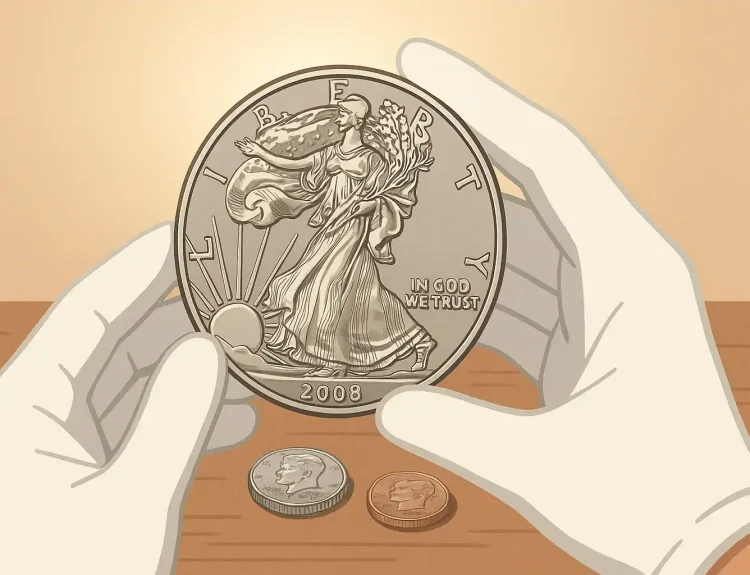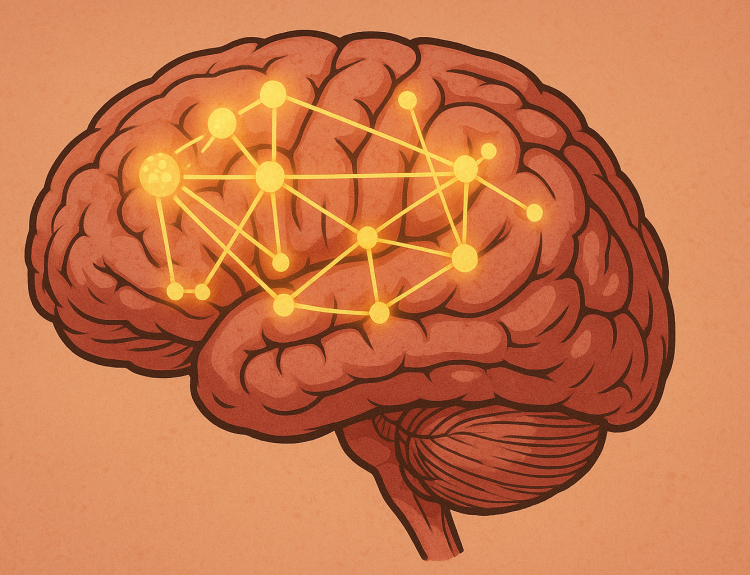Understanding Blockchain Technology and Its Role in Sustainability
What Makes Blockchain So Special?
Imagine trying to track every single part of a bicycle—where the aluminum frame came from, how the leather for the saddle was sourced, or if the paint is free from harmful chemicals. Sounds dizzying, right? This is where blockchain technology swoops in like the hero we didn’t know we needed.
At its core, blockchain is a digital ledger, but calling it that feels like calling a Ferrari “just a car.” It’s more than a simple record-keeping tool—it’s a revolution. Each block of data is chained together, creating an unbreakable timeline of information. And the best part? It’s nearly tamper-proof. Every transaction, every step of the bike’s creation, is recorded transparently and shared across a network.
Here’s the magic:
- Transparency: Everyone in the production process—from suppliers to customers—can track materials back to their ethical sources.
- Accountability: If someone tries to tweak the data—say, claiming they used recycled steel when they didn’t—the system immediately detects it.
By marrying trust with technology, blockchain paints a vivid picture of sustainability, one bike at a time.
Challenges in Verifying Sustainable Bike Production
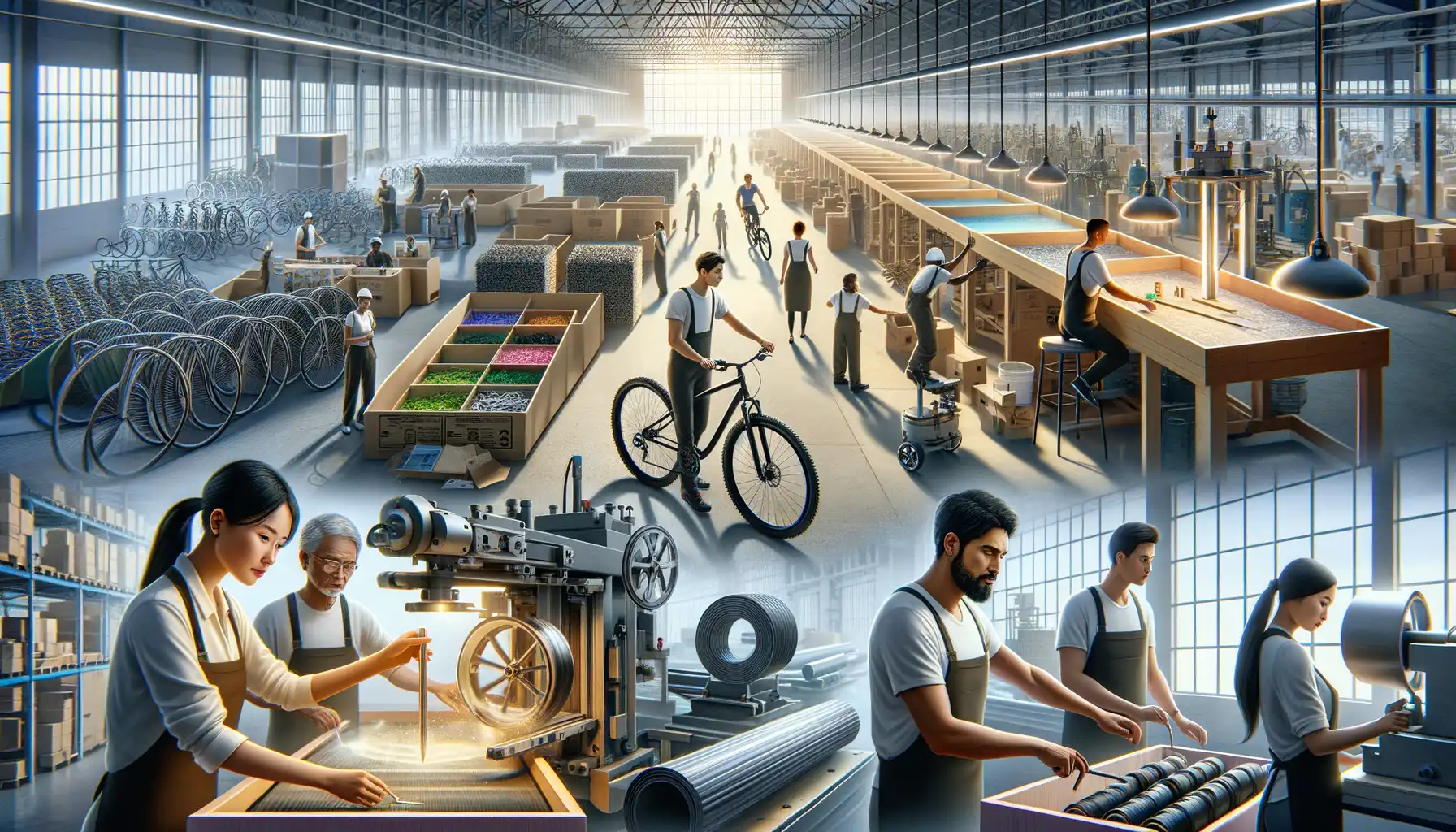
Peeling Back the Layers of Complexity
Picture this: you’re standing in a bike shop, admiring that sleek, eco-branded bicycle. But how do you *really* know if its production lives up to its sustainable claims? That’s where things get tricky. The journey of a bike, from raw materials to the showroom floor, isn’t as transparent as you might think.
For starters, supply chains are a maze. A single bike may involve aluminum from one region, rubber for tires from another, and paint shipped halfway around the world. Every stage carries the risk of environmental shortcuts or labor violations. Tracking it all? Like trying to follow breadcrumbs in a blizzard.
And let’s not forget: certifications can be murky too. Sure, a label might promise “eco-friendly” practices—but without consistent oversight, how reliable is that promise?
These challenges leave buyers like us in the dark, stuck relying on potentially empty greenwashing claims. It’s a frustrating puzzle—one screaming for a smarter, more innovative solution.
How Blockchain Ensures Transparency and Traceability
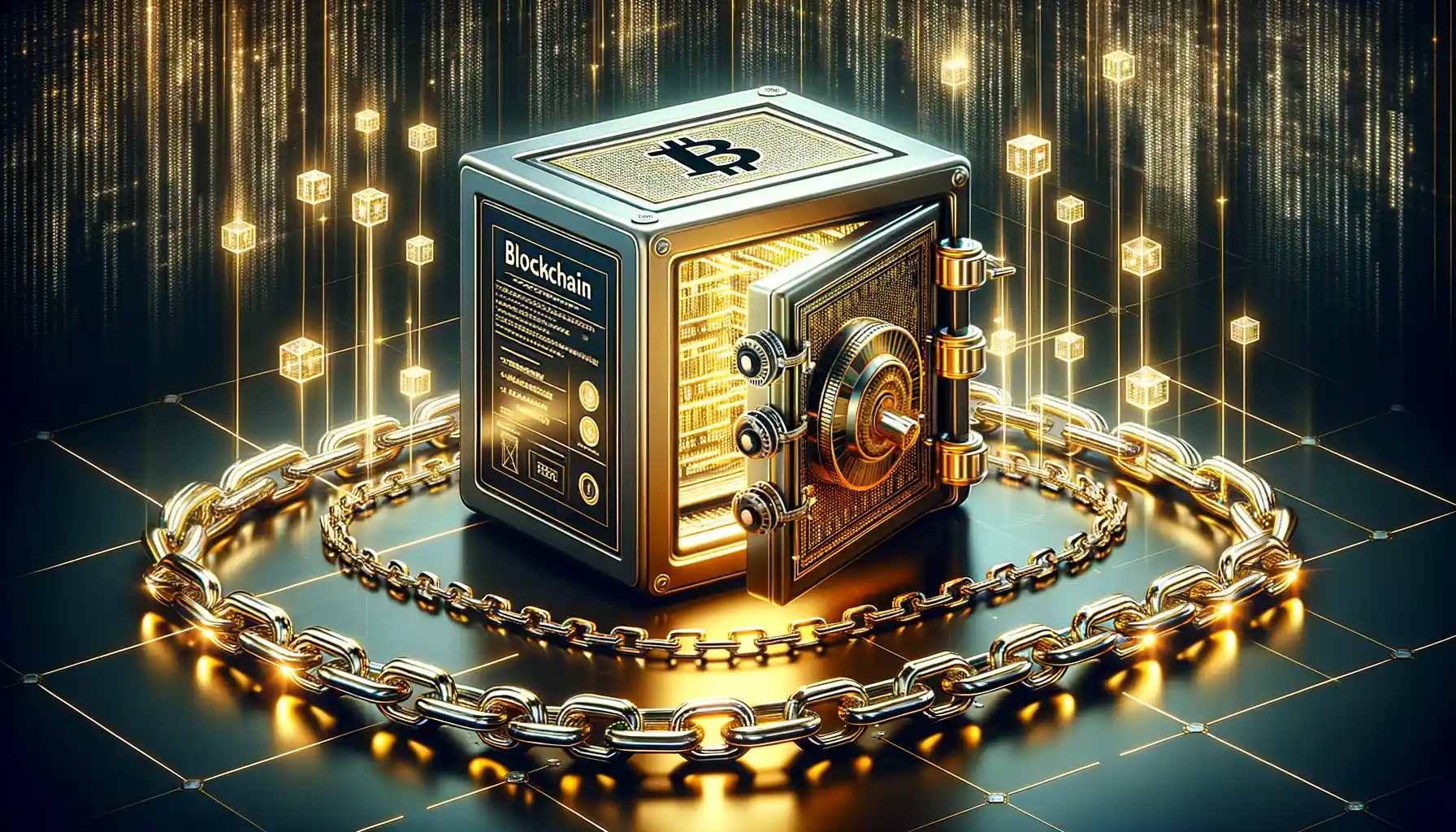
Peering Into the Blockchain: A Clear Window for Accountability
Imagine being able to trace the life story of your sustainable bike—every raw material, every step in the manufacturing process, all captured in an unchangeable digital ledger. That’s exactly what blockchain technology brings to the table. It’s like peeling back the curtain of a theatre, revealing every actor and stagehand working behind the scenes.
Here’s how it works: blockchain is a decentralized database where each “block” of data connects to the one before it, forming a secure chain. Each step, from sourcing recycled aluminum to applying eco-friendly paint, is recorded in real-time. This means no manipulating the facts, no cutting corners. Every detail is verified by participants in the chain—suppliers, manufacturers, and even regulators.
- Transparency: Anyone can access the record to see what truly goes into their bike.
- Traceability: A quick scan of a QR code can tell you if your tires are really made from repurposed materials as promised.
This isn’t just data; it’s storytelling backed by indisputable facts. And as a consumer, you get to feel empowered, knowing your bike doesn’t just look good but does good too.
Real-World Applications of Blockchain in Sustainable Manufacturing
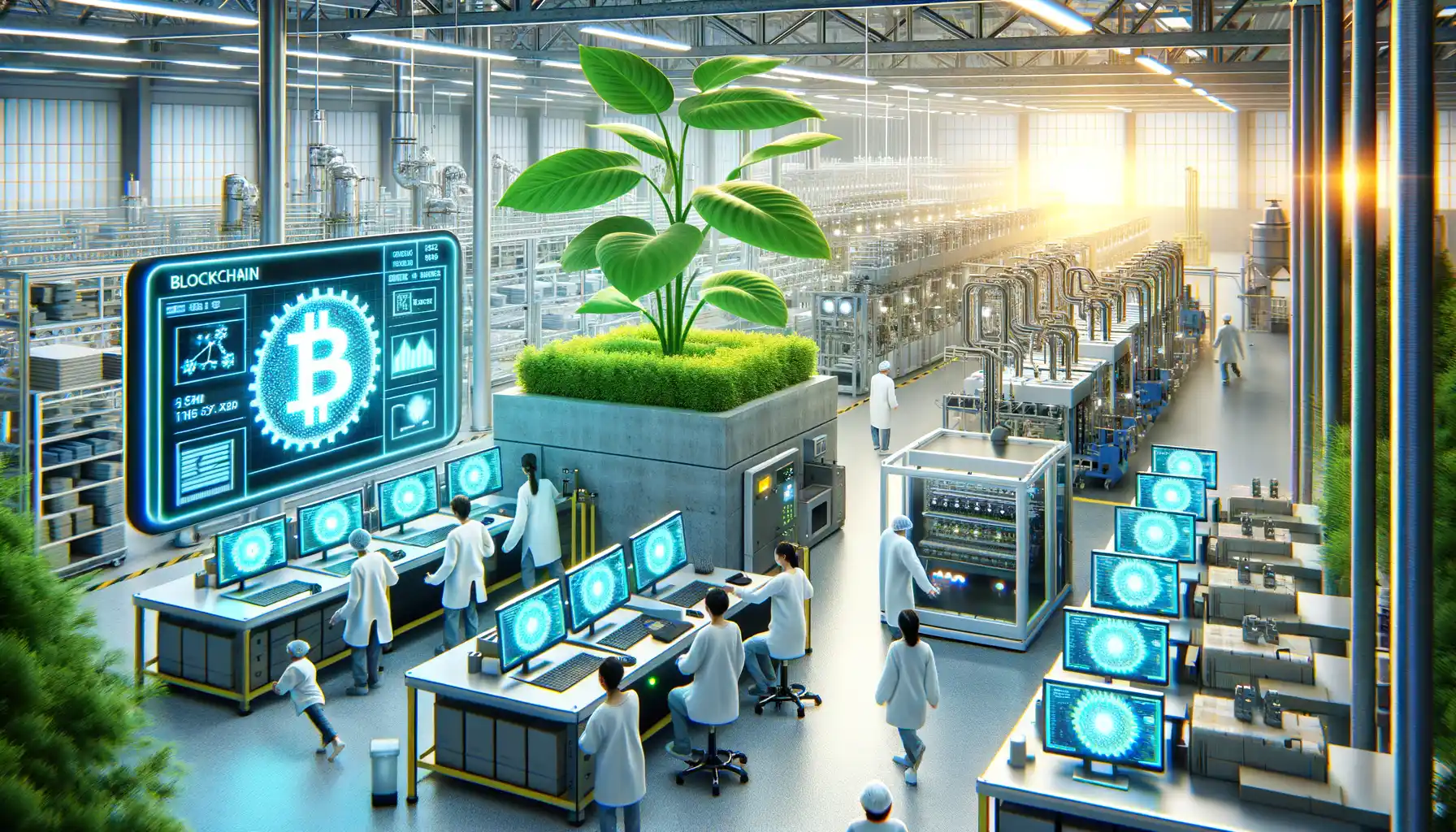
Transforming Bike Supply Chains Through Blockchain
Imagine buying a bike where you could trace every piece—right down to the bolts. Thanks to blockchain technology, that dream is already taking shape! By embedding blockchain into the heart of sustainable manufacturing, companies are reshaping how we think about production and accountability. Here’s how:
- Materials at a glance: Ever wonder if your bike’s aluminum frame came from a recycled source? Blockchain ensures proof. Each batch of material is logged on an immutable ledger, giving you crystal-clear insight.
- Worker welfare guaranteed: Concerned about unethical labor practices? Smart contracts within blockchain can verify fair wages and ethical working conditions before raw materials even reach the production floor.
- Emission tracking made simple: Blockchain allows manufacturers to document their carbon footprint step by step, from production plants to transportation.
Proof in Action: Brands Leading the Movement
Trailblazing bike brands like Trek and Specialized are already tapping into this technology. Imagine scanning a QR code on a bike tag and instantly accessing its journey from factory to storefront—and beyond. Here’s the kicker: This isn’t just tech for show. It’s accountability on wheels, ensuring your bike is greener, cleaner, and responsibly made. Isn’t that peace of mind worth pedaling for?
Future Prospects of Blockchain in Promoting Eco-Friendly Practices
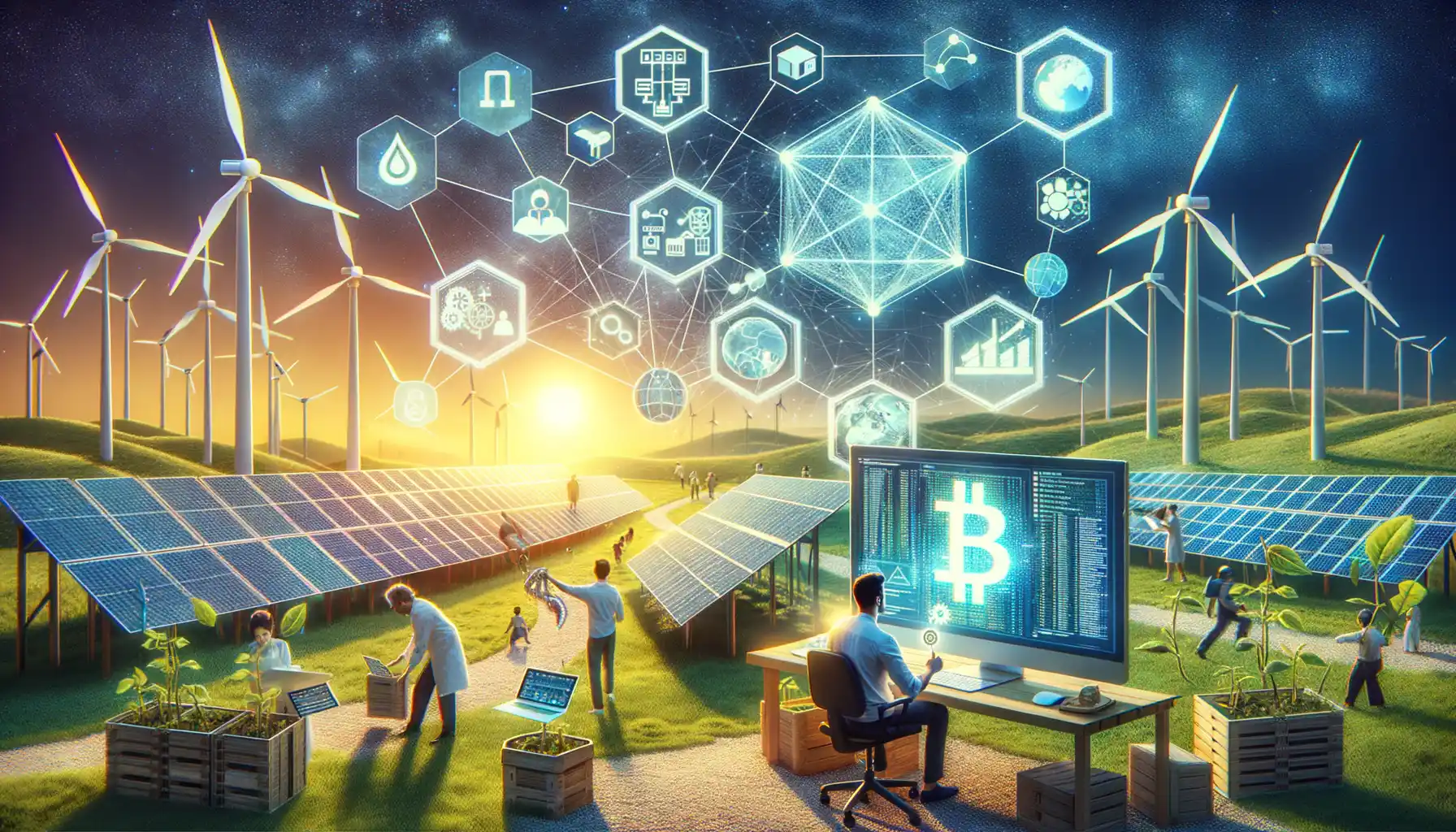
Revolutionizing Green Innovation Through Blockchain
Imagine a world where every product you buy carries an unshakable promise of sustainability. That’s the kind of revolution blockchain technology is poised to deliver. It’s not just a tech buzzword anymore; it’s becoming a driving force behind greener practices. From tracking raw material sources to ensuring ethical labor, blockchain can weave transparency into even the most complex supply chains.
Here’s how the future could unfold:
- Carbon Footprint Tracking: Every bike could come with a digital passport documenting its lifecycle emissions.
- Tokenized Rewards: Consumers might earn eco-friendly tokens for purchasing products verified as sustainable.
Companies like Provenance and Everledger are already testing such models, and the potential is enormous.
The Bigger Picture: Empowering Ecosystems
Beyond verifying sustainable bikes, blockchain holds the power to knit together entire ecosystems of eco-consciousness. Picture this: renewable energy credits traded automatically on secure platforms or smart contracts that prioritize suppliers based on their environmental scores. Why stop at the factory floor when the entire planet could benefit? Blockchain isn’t just a tool; it’s a green architect building the foundations of tomorrow, one block at a time.

